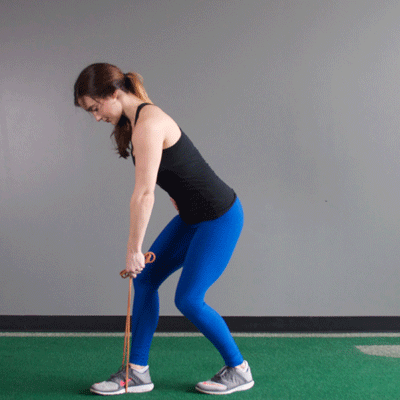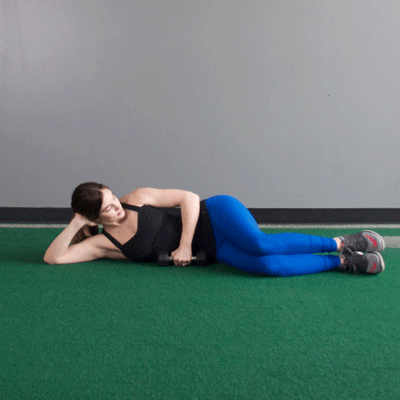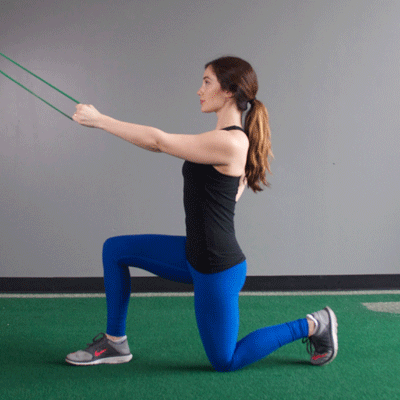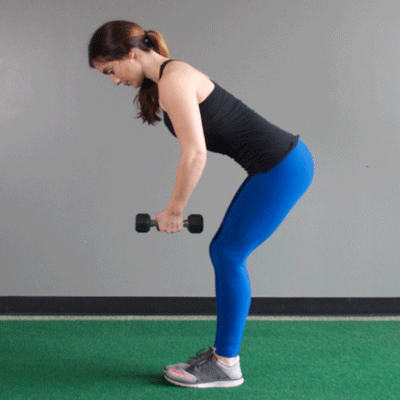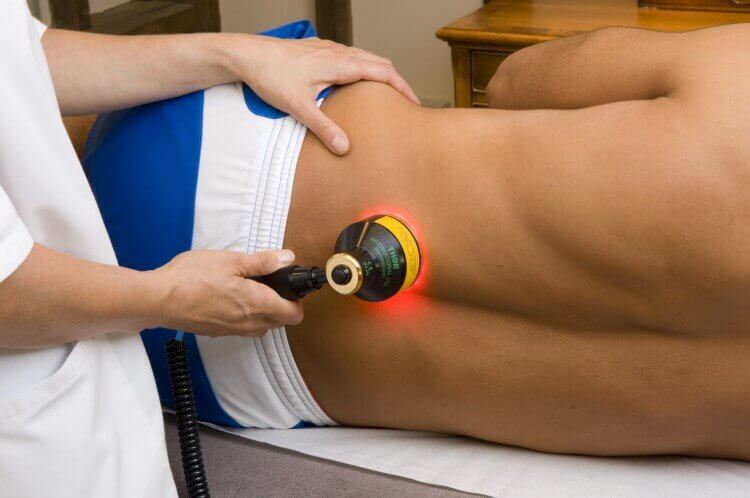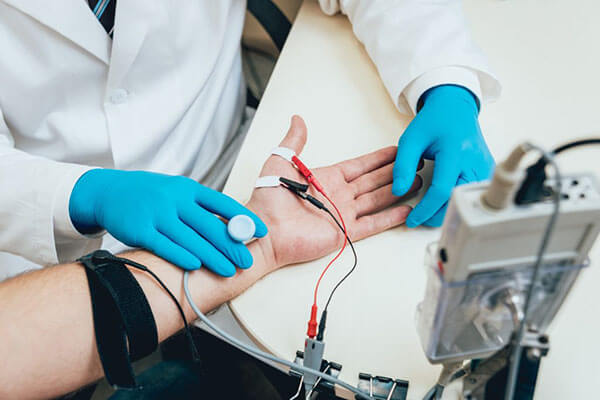Exercises for Rotator Cuff Pain
۵ Exercises for Rotator
What is a rotator cuff injury?
As sports fans and athletes alike know, shoulder injuries are serious business. They can be extremely painful, limiting, and slow to heal.
The rotator cuff is a group of four muscles that stabilize the shoulder and allow it to move. Physical therapist and founder of WebPT Heidi Jannenga says you should visualize the head of the arm bone as a golf ball, and the area of the shoulder blade as a golf tee. She says, “The rotator cuff serves as a sleeve that enables the ball to spin and roll while remaining on the tee.”
The most common rotator cuff injuries are impingements and tears.
- Impingement: An impingement occurs when a rotator cuff muscle swells and cramps the space between the arm and shoulder bones, causing pinching. Muscle strain, other overuse injuries, and bone spurs are common causes of swelling.
- Tear: A less common injury, a rotator cuff tear occurs when a rotator cuff tendon or muscle is torn. Most tears will not require surgery.
Repetitive, overhead motions can wear down the rotator cuff muscles and are thus a common cause of injury. This is why athletes such as baseball pitchers frequently have shoulder issues. A traumatic injury, such as falling onto your arm, can also cause injury. Regardless of how it happens, the risk of a rotator cuff tear increases as we age and the wear on our bodies accumulates.
Try using the “RICE” method immediately following an injury: Rest, ice, compression, and elevation work together to reduce pain and swelling. Once swelling has gone down and your arm is no longer painful to move, certain exercises can help you heal and prevent issues such as “frozen shoulder” or loss of range of motion. These exercises include:
- doorway stretch
- side-lying external rotation
- high-to-low rows
- reverse fly
- lawn mower pull
If you are comfortable adding weight to these exercises, try using a light dumbbell or resistance band for repetitions. If you do not have a light dumbbell, try using a can of soup.
- Warm up your muscles by standing in an open doorway and spreading your arms out to the side.
- Grip the sides of the doorway with each hand at or below shoulder height, and lean forward through the doorway until you feel a light stretch.
- Keep a straight back as you lean and shift your weight onto your toes. You should feel a stretch in the front of your shoulder. Do not overstretch.
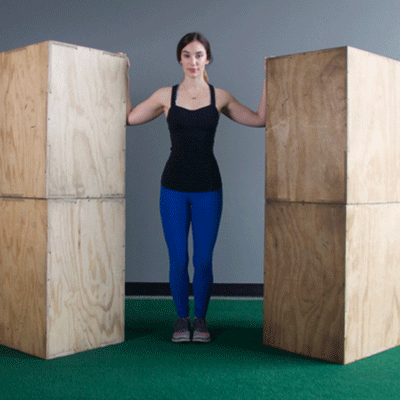
۲٫ Side-lying external rotation
- Lie down on the side opposite your injured arm.
- Bend the elbow of your injured arm to 90 degrees and rest the elbow on your side. Your forearm should rest across your abdomen.
- Hold a light dumbbell in the injured side’s hand and, keeping your elbow against your side, slowly raise the dumbbell toward the ceiling. Stop rotating your arm if you feel strain.
- Hold the dumbbell up for a few seconds before returning to the start position with your arm down.
- Repeat 3 sets of 10 up to 3 times per day. Increase reps to 20 when a set of 10 becomes easy.
- Attach a resistance band to something sturdy at or above shoulder height. Be sure it is secure so it doesn’t come lose when you pull on it.
- Get down on one knee so the knee opposite your injured arm is raised. Your body and lowered knee should be aligned. Rest your other hand on your raised knee.
- Holding the band securely with your arm outstretched, pull your elbow toward your body. Keep your back straight and squeeze your shoulder blades together and down as you pull. Your body should not move or twist with your arm.
- Return to start and repeat 3 sets of 10.
- Stand with your feet shoulder-width apart and your knees slightly bent. Keep your back straight and bend forward slightly at the waist.
- With a light weight in each hand, extend your arms and raise them away from your body. Do not lock your elbow. Squeeze your shoulder blades together as you do so. Do not raise your arms above shoulder height.
- Return to start and repeat 3 sets of 10.
- Stand with your feet shoulder-width apart. Place one end of a resistance band under the foot opposite your injured arm. Hold the other end with the injured arm, so the band goes diagonally across your body.
- Keeping your other hand on your hip and without locking your knees, bend slightly at the waist so the hand holding the band is parallel to the opposite knee.
- As if starting a lawn mower in slow motion, straighten upright while pulling your elbow across the body to your outside ribs. Keep your shoulders relaxed and squeeze your shoulder blades together as you stand.
- Repeat 3 sets of 10.
